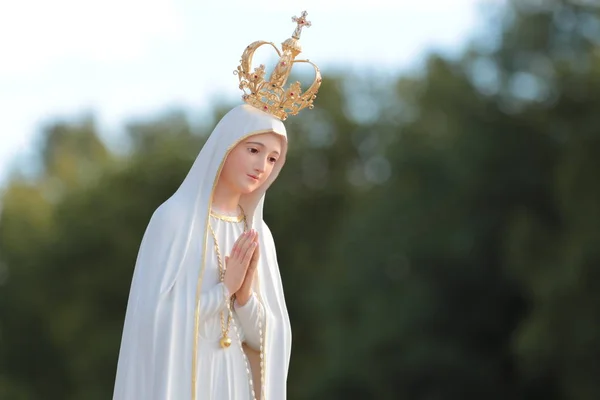How We Know Jesus Was Born on December 25
Introduction
The Catholic Church, since at least the second century, has celebrated the birth of Christ on December 25. However, some argue that Jesus was not born on this date. Let us examine the usual objections to December 25 as Christ’s birthday and provide theological, historical, and scriptural responses to uphold this sacred tradition.
Objection 1: December 25 Was Chosen to Replace the Pagan Festival of Saturnalia
Claim: Saturnalia, a popular Roman winter festival, was replaced by Christmas to encourage conversions to Christianity.
Reply: While Saturnalia celebrated the winter solstice, it was held from December 17 to December 23. The dates do not align with December 25. Thus, the claim that Christmas replaced Saturnalia is not supported by historical evidence.
Objection 2: December 25 Was Chosen to Replace the Pagan Holiday Natalis Solis Invicti
Claim: December 25 marks the pagan “Birthday of the Unconquered Sun,” established by Emperor Aurelian in AD 274.
Reply: Historical records show that Natalis Solis Invicti is not mentioned on December 25 before AD 354, and the same manuscript also lists December 25 as the birth of Christ in Bethlehem. Emperor Julian the Apostate later tried to establish December 25 as a pagan holiday to rival the Christian celebration. Thus, Christmas predates the so-called pagan holiday, and the attempt to replace it came from anti-Christian efforts, not the Church.
Objection 3: Shepherds Would Not Be Herding in Winter
Claim: Luke’s Gospel describes shepherds in the fields of Bethlehem, which would be unlikely in the cold of winter.
Reply: Bethlehem’s climate is mild during December, comparable to modern-day Dallas, Texas, which is still comfortable for outdoor activities. Historical accounts, such as those of Cornelius a Lapide, confirm that shepherds tended their flocks in the fields during late December.
Why December 25?
I. Scriptural Evidence
Using the Bible, we can approximate Christ’s birth date by first determining the birth of John the Baptist.
Priestly Courses in the Temple
- Zechariah, John’s father, served during the “course of Abias” (Luke 1:5). Historical records place this service in late September.
- John the Baptist was conceived shortly thereafter, around late September. Adding nine months brings John’s birth to late June, aligning with the Church’s celebration on June 24.
Jesus’ Birth in Relation to John
- The Angel Gabriel informed Mary that Elizabeth was six months pregnant at the time of the Annunciation (Luke 1:36). If John was born in late June, adding six months places Christ’s birth in late December.
II. Biological Calculations
- From John the Baptist’s conception in late September to his birth in late June (nine months), and from June to December (another six months), the timeline confirms a late December birth for Christ.
- The Annunciation on March 25, nine months before December 25, further supports this calculation.
III. Testimony from the Blessed Virgin Mary
- Sacred Tradition asserts that Mary herself provided the date of Christ’s birth. Mothers never forget the details of their children’s births, and the Virgin Mary, knowing her Son was the Messiah, would surely have shared this with the Apostles.
IV. Early Church Fathers
- Pope St. Telesphorus (AD 126–137) established the tradition of Midnight Mass on December 25.
- St. Hippolytus (AD 170–240) explicitly stated: “The First Advent of our Lord in the flesh occurred…on December 25.”
- Church Fathers connected March 25 (Annunciation and Crucifixion) to Christ’s birth, affirming the sacred tradition.
Conclusion
December 25 as Christ’s birthday is rooted in Scripture, tradition, and historical evidence. The Church’s observance of this date predates any pagan celebrations, and early Christians, guided by Mary and the Apostles, commemorated it with devotion. Ultimately, whether or not Christ was born on December 25, the celebration affirms the profound mystery of God becoming man. Let us rejoice in the Light of the World!






Leave a Reply